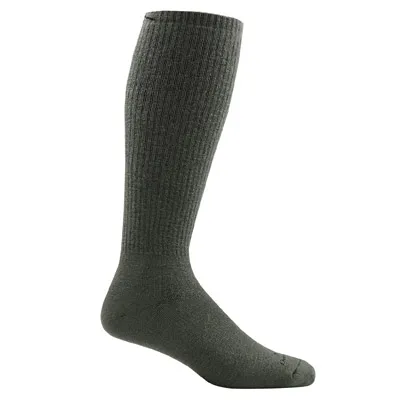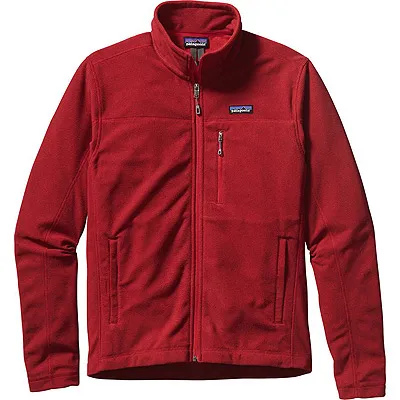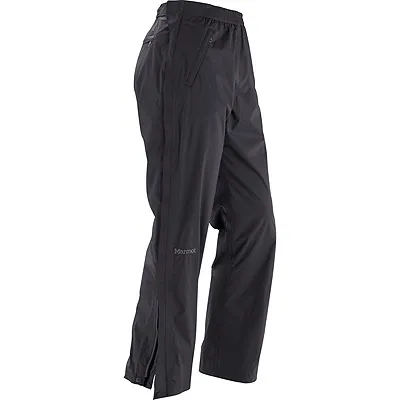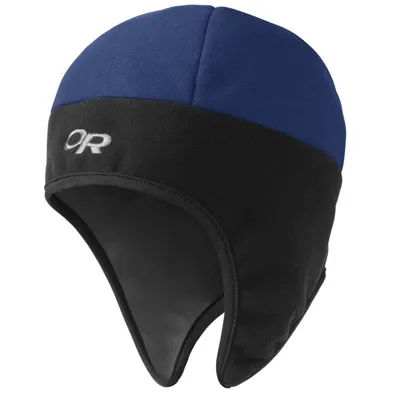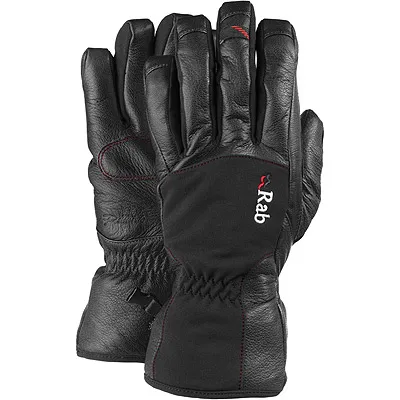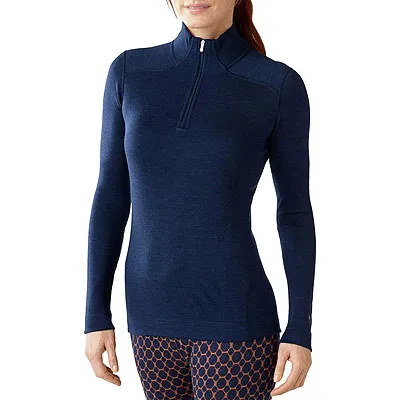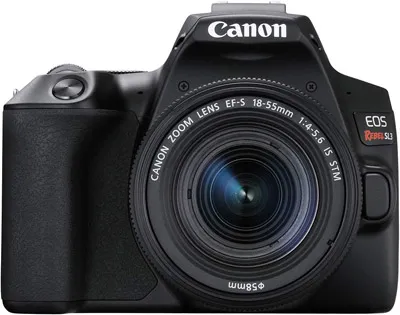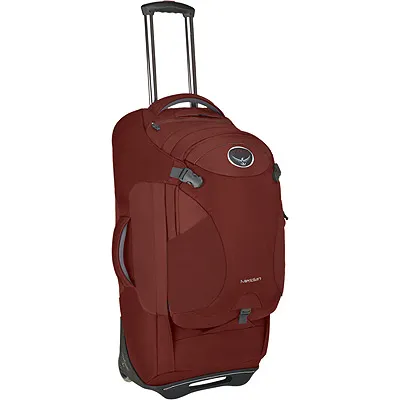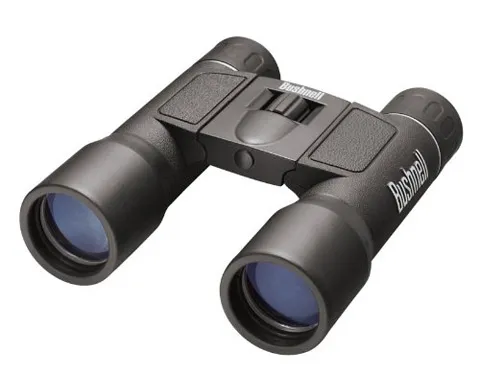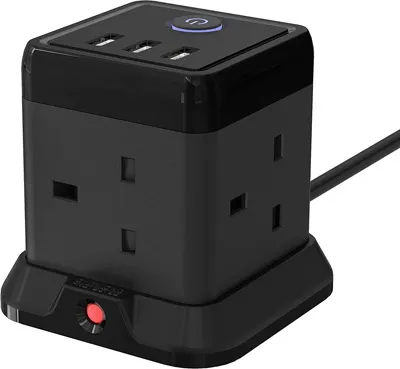Travel Clothing for Antarctica and Arctic,
Cold Weather
Gear for Tourists
Information:
Request
Contact |
Antarctic travel |
more details |
fly to Antarctica |
FAQ's |
clothing |
boots
Regions:
Antarctic Peninsula |
South Georgia |
South Shetland Islands |
Falkland Islands |
Arctic
What Clothes do I need to take on my Antarctic trip?

As your trip will be in the summer months, you won't need to take any extreme cold weather gear. Temperatures on many or most days will be around freezing point, maybe dropping to an extreme of -5C though more likely not. The main thing you need to anticipate is that it will be windy as well as cold.
Layering is the key, to allow for flexibility, rather than one very large thick layer, thinner layers can be put on or off as the weather dictates to remain comfortable as the day progresses whether you are on the zodiac (motorized inflatable boat) in the wind, walking in the sunshine with no breeze or anywhere in between.
Rent from the ship or supplier in Ushuaia? It is possible to rent items such as a waterproof jacket, waterproof over pants, backpack, mittens and trekking poles though usually at greater cost than you might expect. You won't need to carry them as luggage on the trip to Ushuaia but may have to collect them and drop them off again at the end of your trip. Unless you live in a hot place or are continuing to travel and won't need them again, I'd seriously think about buying your own good quality gear.
Wind and water proof outer shell

A wind and water resistant shell is vital when ashore or when cruising and travelling by zodiac. Insulation can be built-in or a separate layer.
3-in-1 Jackets, wind and waterproof
shell with separate insulating jacket:
Men's |
Women's
Some tours issue their clients with outer jackets to use on the trip and may also lend or hire out boots, so check first before buying. However they are not always the best quality, some tour guides much prefer to use their own gear rather than that supplied unless their employers insist on it.
Socks
You'll need some good warm socks to go with your boots. A thick pair of wool-rich outer socks with thinner wicking inner pair are ideal for most. Merino wool is the gold standard for warmth and comfort, look for at least 70% wool and avoid cotton.Men's | Women's | Liner socks
Insulating layer/s
One or more layers under the outer shell that can be varied according to conditions, zips, buttons etc. allow for venting or to batten down the hatches when it gets cold and windy.
Fleeces are an ideal insulating layer, they
come in a variety of weights and styles.
Men's |
Women's
You might prefer a lightweight down-filled
jacket or a down-sweater, very warm and easily
thrown on over a shirt for immediate insulation like
when there's a call for an exciting wildlife sighting.
Wind resistant and to a lesser degree water resistant,
not an outer shell layer for all conditions though.
Lightweight down:
Men's |
Women's
Men's
Head and ear protection from the cold
There's a saying that a good hat is worth an extra layer. Make sure the hat has ear flaps or can be pulled down to cover your ears, the wind is unrelenting. Choosing a hat made of synthetic windstopper material means it is less bulky and can be easily slipped into a pocket, pom-poms cause difficulties when using a hood over the top. Merino wool is a good material alternative, acrylic is cheap, bulky and not so warm.Men's | Women's
Good quality warm gloves
Water-resistant gloves are always very useful in and around small boats. Ski-type are good as they are warm and water resistant with it. A thin pair of glove liners as well as a warmer pair means that you'll be able to take photographs without taking them off. Mittens are warmer than gloves, though reduce dexterity.Men's | Women's
Neck Gaiter or Scarf
A neck gaiter or scarf to insulate the neck, to stop warm air from pumping out to be replaced with cold air coming back in, and stop wind-driven snow from getting into your clothes where it could melt and become very uncomfortable. My son voted this item as his most useful and favorite item of clothing when we went on an Arctic cruise around Spitsbergen. You can pull it up as far as over your nose if needed or it sits in a well-behaved manner out of the way when required rather than flapping around like scarves tend to.Thermal Underwear
A warm comfortable base-layer can be the under clothing you already have. As long as you have a good insulting layer and outer shell layer, you won't need "thermal" underwear unless you feel the cold very badly. You may however like to get some nice baselayers. Tops can be worn as a comfortable shirt around the ship and it is easy to pull other layers on quickly when going outdoors. Merino wool is the gold standard, synthetic is also good, cotton is best avoided.Clothing around the ship - Polar cruises are informal events and you won't need any especially smart clothes on board or need to dress for a formal meal. Ships will have a laundry service so you can get a few items washed part way through to last you the duration of your trip.
Other Stuff
A digital single lens reflex (DSLR) is preferable (but more expensive) with at least a wide angle to short telephoto lens, 20-50mm ish, and a short telephoto zoom 50-200mm ish. Anything over a 300mm lens is an extravagance for Antarctica that you'll hardly ever use and will be much heavier to carry. More information.
Make sure you take spare batteries, and spare spare batteries and lots of memory.
High factor sun-screen for the same reason. If you've never been burnt under your nose from reflections from snow or sea now's your chance.
Full size waterproof liners for your backpack will protect everything inside from the sea splashing on a bumpy zodiac ride or in case you drop it in the sea (a rare occurrence but not entirely unknown).
These may be available to hire from your ship or tour operator, though they also make ideal carry-on bags for the flight to your ship, much more flexible and versatile than the usual carry-on luggage.
Ships cabins are smaller than hotel rooms, so space matters. Soft bags can be squashed and pushed under beds whereas large rigid cases can be more awkward. They also tend to weigh less, so making them easier to carry and taking up less of your baggage allowance.
Binoculars - A must if you're a wildlife fanatic and a "nice to have" if you're not.
Binoculars are described by two numbers "10 x 50" for instance. The first number is the magnification and the second is the diameter of the front lens in millimeters. This tells you first of all how much bigger things appear and then how much of it you see at that magnification.
Incidentally, I see you recommend
avid wildlife watchers should take binoculars
- everyone should have them! It is very annoying
having to share your binos with someone for that
rare glimpse of a distant blue whale or even just
getting a better view of scenery!"
Antarctic tour guide and lecturer.
A magnification of 10 or 12 is about as much as most people can manage to hand-hold without shaking. 8 or 10 x magnification is generally most useful and 20 to 30 mm front elements keep the size down enough to slip into a coat pocket fairly easily especially if they fold as well.



